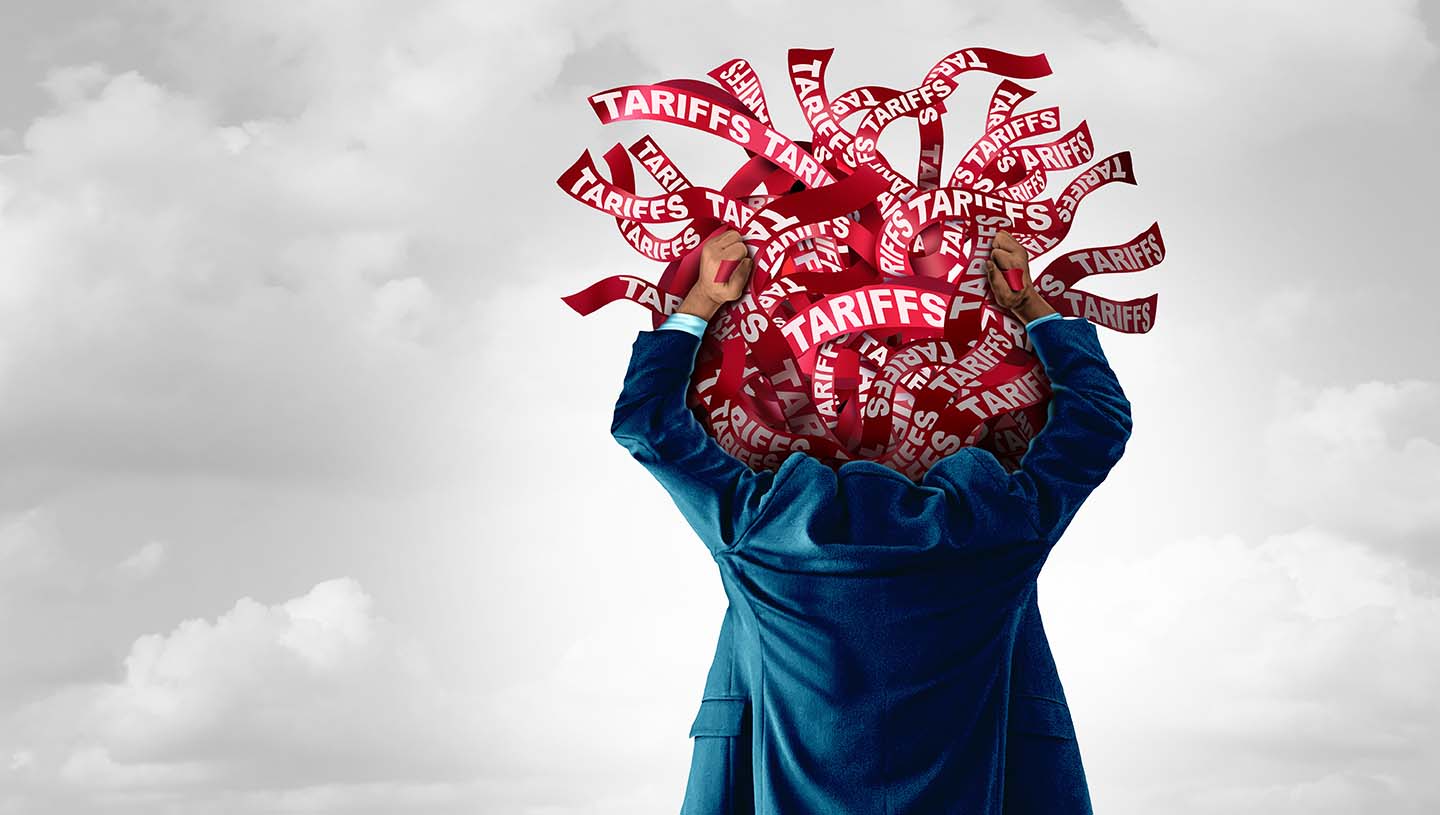
Tariff Tango: Balancing Costs and Contingencies in 2025
Tariffs remain a moving target as we move into the second quarter of the year, but that doesn’t mean companies can wait around to “see what happens” as 2025 progresses. Some tariffs have already been put in place, others are in the planning stages and then there are retaliatory tariffs being put in place by other countries (namely those that are being hit with the tariffs).
“Tariffs are creating uncertainty on several fronts right now,” says Charles Craigmile, President and CEO at Revenova. The first involves commodity pricing on a landed-cost basis, which is a major issue for producers that face planning and procurement challenges as the situation changes from month-to-month. And while relocating facilities in a near-shoring or reshoring scenario makes sense from the big-picture perspective, actually putting those plans into action is anything but easy. It also takes time, effort and money.
“For manufacturers, the decision to build a facility and spend hundreds of millions of dollars in capital investment is not based upon a one-month cycle that we’re in at the moment,” Craigmile explains. “Relocating a manufacturing facility to the U.S. from a foreign country takes years, not one or two months.” This reality put downward pressure on freight markets during Q1 and the situation isn’t expected to ease much over the next couple of months (unless the new administration takes its foot off the tariff pedal soon).
“Freight volumes continue to bounce around and there’s no sign of the discernible ‘upward trend’ yet that everyone was looking forward to,” says Craigmile, who notes that some of the current posturing on tariffs could just be “negotiating tactics to get the best possible trade deals,” and that at some point the volatility will level off.
For the short term, this means the volatility and uncertainty on how to plan transportation, where to locate facilities—and the freight tonnage associated with those moves—will remain uncertain. “Should the tariff policy normalize early in the quarter, we’ll see a better Q2 than Q1,” says Craigmile. “However, if we continue to see flip-flopping on the tariffs, the instability and sideways-to-negative growth will continue.”
Using Tech to Reduce Uncertainty
 With the tariff uncertainty likely to continue over the coming months, shippers and brokers are assessing their existing transportation, freight and/or logistics plans and coming up with contingency plans and other strategies for dealing with this “new normal” (at least for now). They’re also leaning on their transportation management systems (TMS) to create resilient, adaptable strategies.
With the tariff uncertainty likely to continue over the coming months, shippers and brokers are assessing their existing transportation, freight and/or logistics plans and coming up with contingency plans and other strategies for dealing with this “new normal” (at least for now). They’re also leaning on their transportation management systems (TMS) to create resilient, adaptable strategies.
For example, solutions like Revenova TMS help organizations use real-time data analytics, scenario planning capabilities, automated routing optimization and other tools to mitigate the impact of fluctuating costs and potential disruptions. TMS also provides the visibility and control that companies need to be able to dynamically adjust sourcing, carrier selection and delivery schedules—all of which support better supply chain agility and responsiveness. The latter has become table stakes in a world where the trade situation can literally change from day-to-day. With a robust, cloud-based TMS in place, companies can proactively manage tariff-related uncertainties and build transportation plans that can endure in any trade environment.
5 Reasons to Add TMS to Your Toolbox
Here are five more ways TMS can serve as a strategic asset amid unpredictable trade policies, tariffs and retaliatory measures:
- Scenario modeling on steroids. By harnessing a TMS’ scenario-modeling capabilities, businesses can simulate various tariff scenarios; predict how those scenarios will impact transportation costs and delivery timelines; and then proactively adjust strategies to minimize supply chain and financial risks.
- Optimize your network. A modern, cloud-based TMS also helps companies optimize their networks; identify more cost-effective routes and transport modes; and then dynamically adjust as the landscape evolves, challenges arise and new opportunities surface. By identifying the most cost-effective and efficient transportation options based on tariff rates, TMS helps companies improve transit times and carrier performance.
- Avoid customs delays and other bottlenecks. Companies can use a TMS’ real-time shipment visibility to quickly address customs-related delays and adapt to the current “fluid nature” of international trade. This helps ensure operational resilience and keeps global supply chains moving despite the uncertainty over the tariff-of-the-day.
- Real-time supply chain visibility around the clock. A TMS provides real-time tracking of shipments, which means users can utilize the platform to manage any customs-related delays, inspections and other bottlenecks. This helps minimize the impact of unexpected hold-ups and ensures smoother border crossings.
- Defray tariff-related cost increases. Finally, by analyzing historical data and carrier performance, TMS helps shippers and brokers select the most reliable, cost-effective carriers for international shipments. This data-driven approach gives buyers added negotiation power and more favorable rates while reducing the impact of tariff-related cost increases.
To learn more about Revenova TMS, Request a Demo. Follow Revenova on LinkedIn, YouTube, and X for the latest updates and news about Revenova TMS, the original CRM-powered Transportation Management System.




